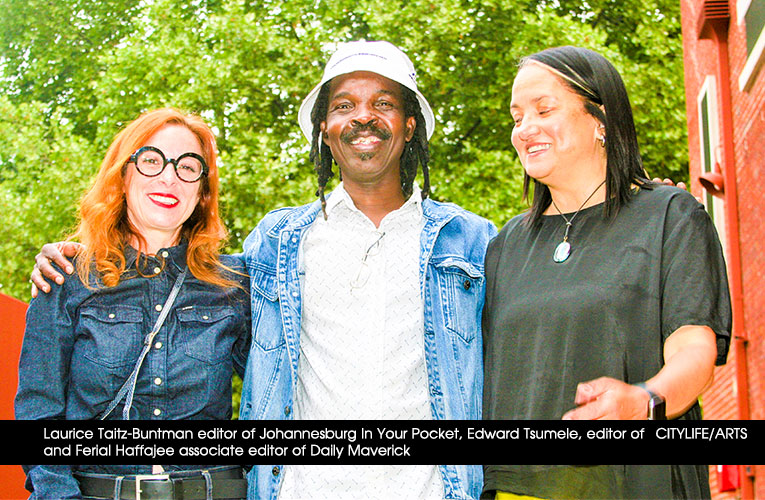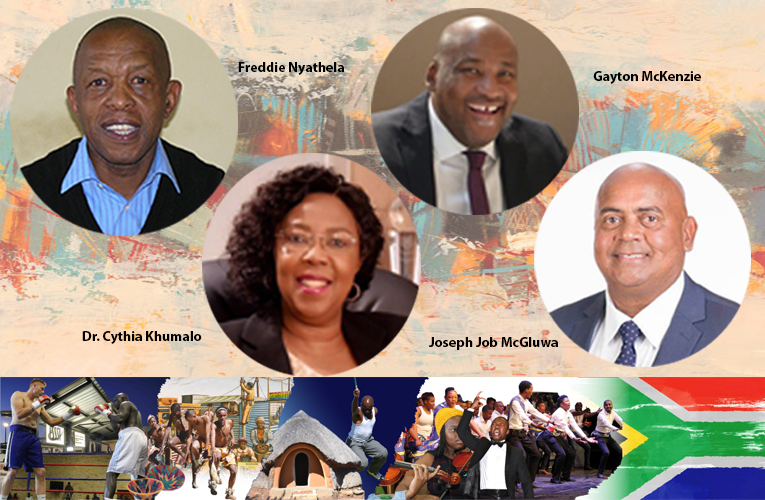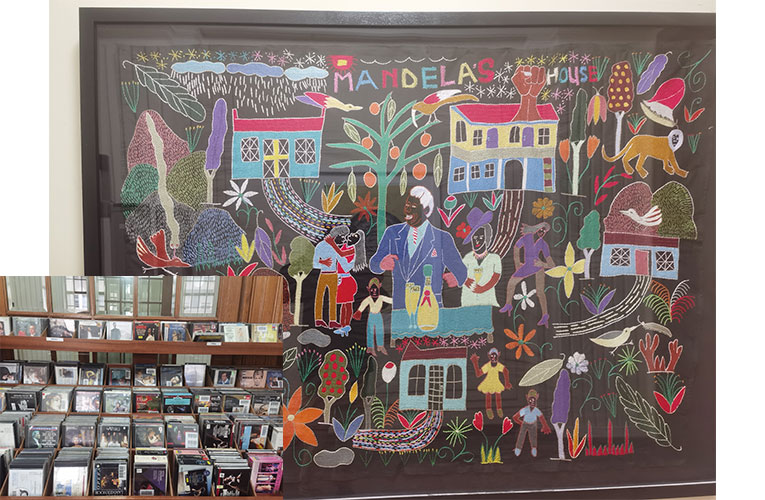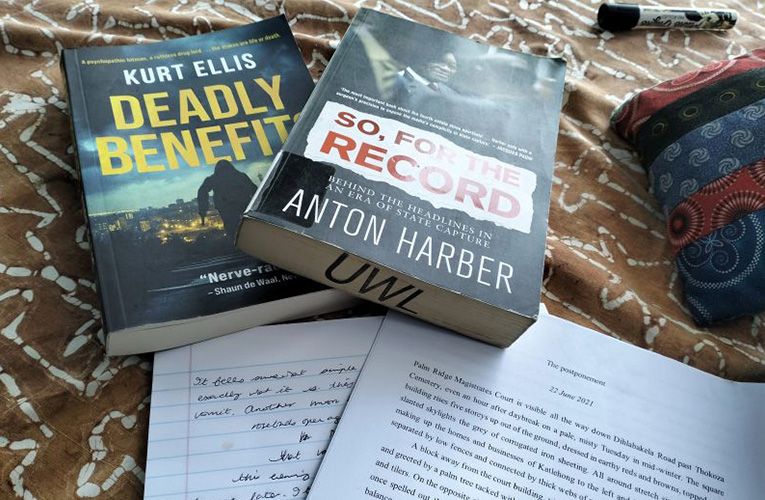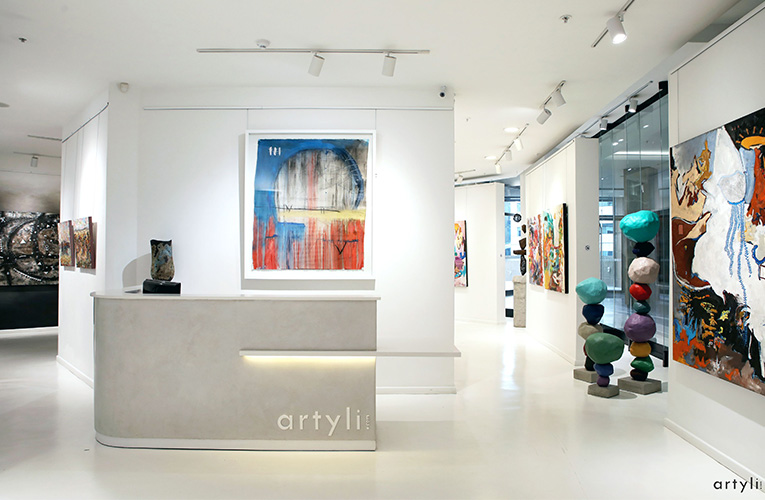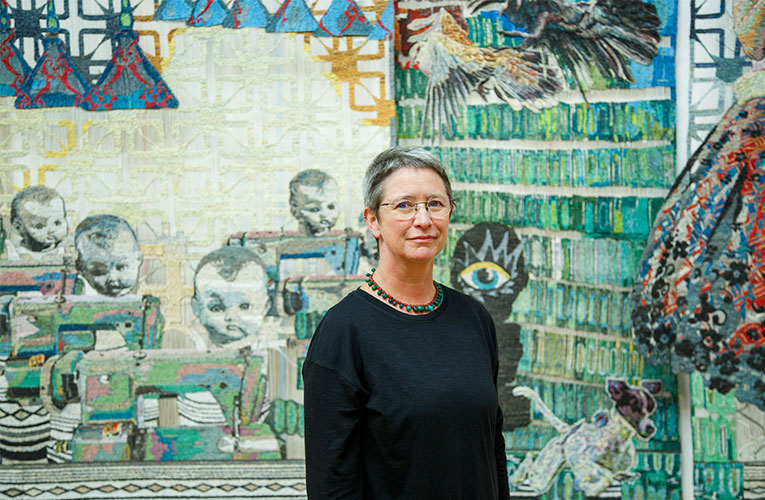Pan African photography exhibition Shifting Narratives currently on at The Melrose Gallery depicts African life in its diversity
This is an important exhibition that should attract a discerning collector interested in photography that captures Africa’s complexities and diversity. But are African critics up to the task of prevailing over this complex body of work produced by Africa’s resilient photographers?
By Edward Tsumele, CITYLIFE/ARTS Editor
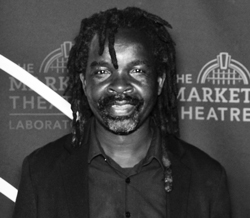
The Photography Legacy Project (PLP)and The Melrose Gallery are currently presenting Shifting Narratives, an exciting group exhibition of photographic works from across the African continent. Over 40 photographers are participating in the exhibition which is being presented online on a viewing room on www.themelrosegallery.com until 3 April, 2022.
This exhibition follows on from the well received inaugural PLP auction last year co hosted with contemporary art auction Aspire Auctions.
The exhibition brings together an exciting diversity of subject matter ranging from social and physical landscapes to the private interiors, from gender-based issues to surfing culture. There is no doubt that the exhibition reflects the ingenuity and commitment of African photographers who continue to practice their craft despite extreme challenges.

And the challenges are many, and they are not only related to the practicalities of an enabling environment of capturing life on photographs, such as a general lack of resources, limited opportunities to exhibit their works at art fairs and commercial galleries, and therefore lacking market access for their art.
These are of course hindrances in growing the market for photography, and that exposing the photography to collectors. There is one more important issue that has proven to be problematic when it comes to the development for market appetite for African photography. Let us park that point or now, and I will come to it later.
For now let us look at the quality of participating photographers and their work in order to appreciate why Shifting Narrative is an important contribution to the development of a market for African photography, and that is in the process exposing these photographers and their work to collectors.
Award-winning Zimbabwean, Tamary Kudita’s project, African Victorian that won the Open Photographer of the Year, at the 2021 Sony World Photography Awards is featured.
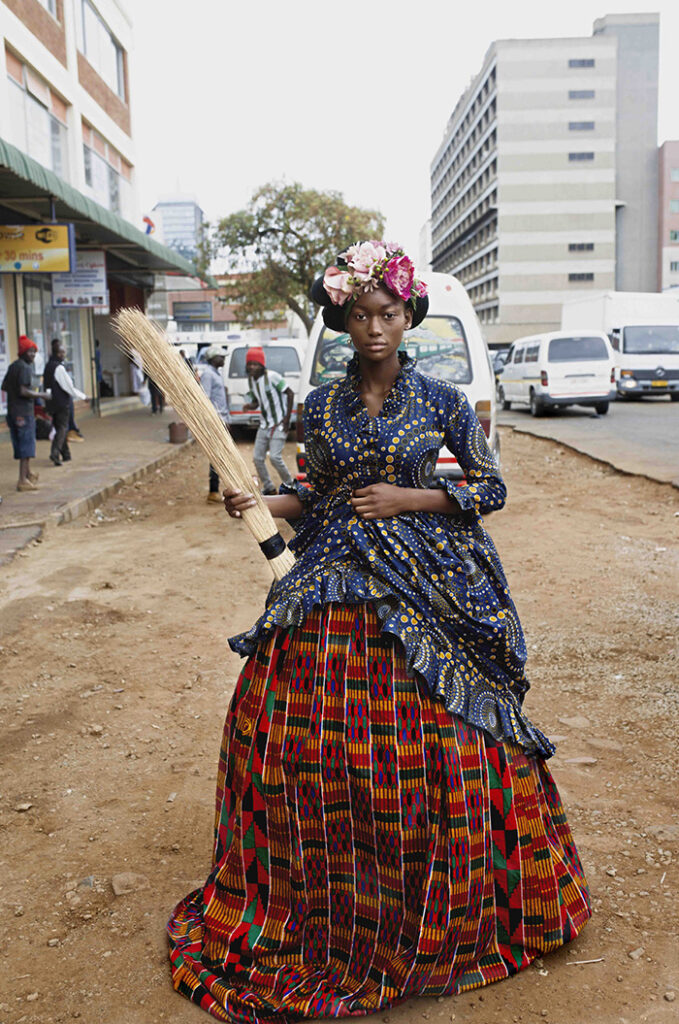
Her work explores and disrupts stereotypical representations of African identity. African Victorian series, Tamary Kudita, winner of the Sony World Photography award,2021 Its self-evident and well documented that photography in Africa has had a troubled past. It fluctuated as the late Okwui Enwezor has pointed out between ‘Afropessisim’ to ‘Afroramanticism,’ both intrinsically related, and flip sides of the same coin.
The inventive portraits and theatrical performative imagery of Raissa Karama Rwizibuka are tempered by Lindokuhle Sobokwe and Marc Shoul’s social documentary interventions.
A large group of emerging photographers share their photographic endeavours. Self reflexive imagery on youth culture range from the documentary works of Nigeria’s Etinosa Yvonne’s and Algeria’s Abdo Shanan.
Gordwin Odhiambo is a photographer born and raised in Nairobi. His photography critically explores the lives of young people and how they navigate the realities around them in one of Africa’s’ biggest cities. His work nuances reductive stereotypes, offering alternative images from Kenya’s urban slum communities.
An older generation of established names like Alf Kumalo, Michael Meyersfeld, David Lurie, legendary Drum photographers like Bob Gosani and a host of award-winning photographers rub shoulders with the past. A rare collection of endangered and disappearing South African vernacular photography is also represented by studio portraitist Ronald Ngilima and William Matlala.
.
“Sales of images will go towards supporting the PLP whose mission is to digitize endangered and significant collections across the continent. Last year through sales, the PLP was able to digitize a new group of photographers from South Africa, Sudan and Kenya, some of whom are represented in the exhibition. The archive of Ralph Ndawo, a peer of Peter Magubane and Alf Kumalo who worked for Drum and the Rand Daily Mail has been kept by his daughter Rachel for decades since his untimely death in 1980. It is now digitized and available for the world to see.
Henion Han, a Chinese born South African who documented the Chinese community, as well work from the archive of Lindeka Qampi are in the auction. The efforts of photographers and the archives represented underlie the vision and spirit of the PLP to continue the digital preservation of photographic heritage much of which is perilously endangered so that African photographic collections and archives may remain on the continent, be accessible and researchable for future generations.
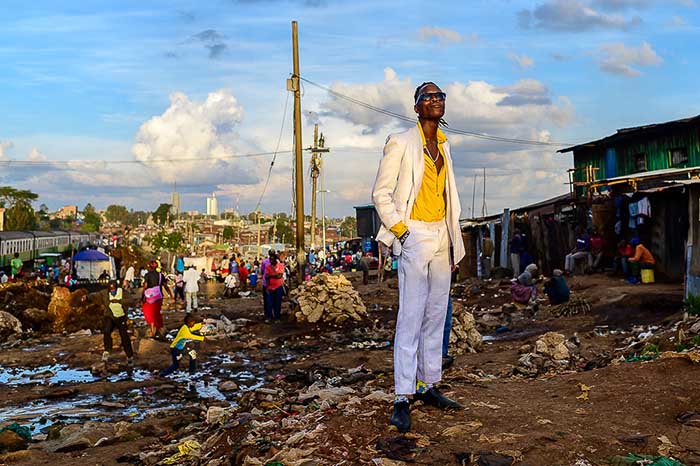
The virtual exhibition links the archive with contemporary practice and cumulatively it is a celebration of the continent’s creative imagery,” say the curators in a media release accompanying this exhibition.
And coming back to the point I made earlier on, one of the sticking problems when it comes to marketing African photography, is the fact that not much is written about such photography, and therefore the role this art form plays in African aesthetically and socially is therefore is little known, and as a result African photography’s value remains less known by general collectors, as it remains limited to a select few that have been studying this kind of photography and understand its value.
In other words the critique of African photography is generally lacking in contemporary art criticism, especially in mainstream media platforms.
Problematising photography critique in Africa
Several of these publications tend to focus on popular media of the visual arts, such as paintings, sculpture and performance installations to a larger extent, and photography writing is largely lacking in these publications. Even in instances where there is some writing on photography, it is done in a way that does not add much value to the art of photography, as mostly the writers themselves lack specialist skills in writing about this art form.
Therefore this begs the question of how to position photography writing in the market so that it becomes relevant. One way of doing this is to position photography as living art that talks to the context in which such body of work comes from, with regards to the political, social and cultural value. In other words, critique on photography should not be divorced from such contexts as the historical and cultural contexts in which image making was created.
The writing on photography must clearly map out these contexts, and this way contemporary society will grasp the role of photography in society, a role that is not only about freezing time and events, but that also lays the ground work for society’s evolution into the future.
This is where myriad of publications that focus on art, are found wanting, as often the language they use is complex, making it difficult to grasp for ordinary members of society, who may be genuinely interested in the issues raised by contemporary artists in society through their body of work and art practice.
However because of their way of presentation of their critiques especially when it comes to art photography, they often get it wrong when it comes to how best to make their writing appeal to an ordinary reader. The writing tends to divorce photography from its social context in which the images come from. The current writing on photography on the continent tends to dwell on photography’s aesthetics than it does on the contexts in which the image making happens.
Generally some of the complicated texts accompanying most art critique written by academics and arts writers today are not easily connecting with communities they are meant to attract as consumers of these texts and art literatures..
Such critique may be well intentioned and may raise well argued and supported points, but as a result of these complicated art specific terminologies employed in such texts to deconstruct often complex art concepts and techniques, public understanding of the points raised sometimes gets lost in translation. In the process, this makes the reader, mainly ordinary members of the public, lose interest in such publications and the art that us being spoken about..
This in turn unfortunately results in members of the public not taking part in critical conversations taking place on art platforms, conversations that help shape public opinion on important issues of the day in society. Therefore public participation in such critical conversations that are of importance in a democracy, especially where some sort of public consensus is required, is oftentimes conspicuous by its absence.

This has serious consequences in a democracy. This means that the public is left not well informed through art, about issues of social justice for example. In other words, it becomes difficult to use contemporary art representation to mobilize society around an issue that needs all of society to be united around and participate in discourses that seek solutions to a societal problem of the moment.
For example, in the current South African context of huge skepticism around the issue of whether to vaccinate or not vaccinate against Covid-19, art could easily be used to discourage people from embracing untested conspiracy theories peddled around the new Covid-19 vaccines by conspiracy theorists. This is despite the fact that literature so far available around these vaccines, peer reviewed in scientific papers demonstrates scientifically accepted levels of efficacy and safety when it comes to these Covid-19 vaccines on the market.
Yes, artists could easily be roped in to paint, draw, stage theatrical pieces, write emotionally touching poetry verses, construct art installations and even compose music around the Covid-19 vaccines and their safety and efficacy. But these art works need writers who can analyse these art forms and interpret them for ordinary members of society to grasp often complex hidden messages in these art forms, decode and simplify them in order to make such messages accessible to the generality of the public..
This is where the role of the arts critic and the artist who creates these works dealing with society’s important issues come in. But If artists take the trouble of creating a body of work that is far away from the grasp of society, and the arts critic writes about these art works in a high flown language that is only understood by him and the artist who created the body of work, it defeats the whole purpose of creating this art that nobody, except a few can consume meaningfully and understand, to shift their mindset.
And so what is needed to make the public participate in conversations that are taking place on contemporary art platforms on the African continent?
First of all, an African contemporary artist today has to create the kind of art that talks to relevant issues affecting the generality of society today, issues that reflect their lived experiences and points to a possible future that is hoped for and reimagined.
Once that is done, the artist then gives over the role of interpreting that art to an informed art critic, whose depth of understanding and interpreting the art, is reflected in a kind of language that the bigger society can easily understand and is accessible without much effort. This way, society will not be excluded from conservations taking place on art platforms, triggered by the African contemporary artist and his art practice.

In other words, what is needed is an art critic who is well informed when it comes to the complexity of contemporary art scene in Africa, and has the skill to dissect such complexity, reducing such to a simple, but not simplistic interpretation, easily consumable to ordinary members of society.
All is not lost though when it comes to promoting the appreciation of photography among collectors, especially If those with resources make an a genuine attempt to put together projects that elevate the status of African photography as a valuable collectable art that speaks to the issues of the day.
That attempt, although at the end, it was badly led, badly executed and simply fizzled out as just another petty project more aimed at stroking the intellectual egos of those at the helm than making a real difference in promoting African photography as a complex visual story telling in a diverse continent missed the boat.
Here the Market Photo Workshop through the people behind this project, had a rare opportunity to dissect through photography and text, the complex issues affecting society due to the Covid-19 pandemic.
But the end product was half baked and lacked intellectual rigour potent in the concept. Carried out under the JUST PHOTO Photography Fellowship aimed at African writers and photographers. the project was indeed well conceived and could have resulted in elevating photography to another level in the country, if it was treated more intelligently and even more seriously by those who led the process. I had the privilege to see the photographs that formed the basis of this project at the initial stages and was struck by the powerful concept and the potential it had to put a spotlight on socially relevant photography, dealing with a current issue of the pandemic.
Revisiting the concept may be in order here for issues of clarity.
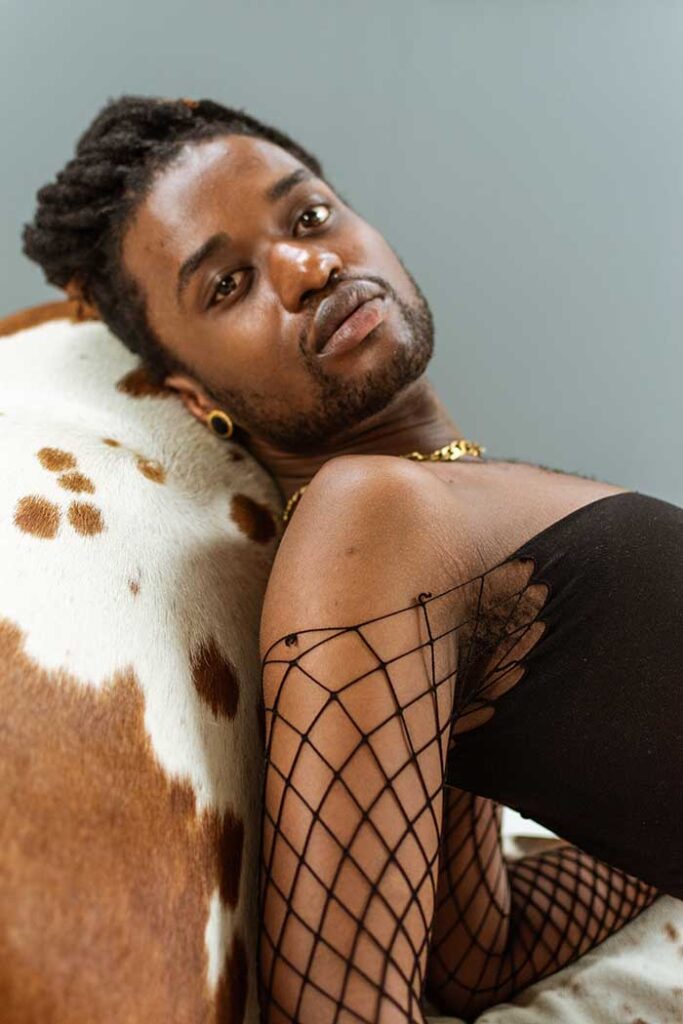
No Place like Home critique in context of Covid-19
When the coronavirus struck, with the first case reported in Wuhanin China in December 2019, before rapidly spreading throughout the world soon after, South Africa declared hard lockdown in response in March 2020. Many people’s lives were disrupted, plans were put on hold, business activities came to almost a complete stand still, families were separated from each other and countries closed both their land boarders and airspaces, precipitating unprecedented chaos in recent human history.
However it is the story of the personal and intimate that eventually became the powerful symbol of how this tiny virus would change people’s lives –separating children from their parents, lovers from each other, caught up in different parts of the world.
One person caught up in that storm is Egyptian born photographer Fatma Fahmy , who had just won the JUSTPHOTO Photography Fellowship at the Market Theatre Photography Workshop in Newtown, Johannesburg, requiring her to spend time practicing her photography in South Africa, during these dangerous, unusual and uncertain times in human history. Turmoil swelled within her consciousness in response to this pandemic, as the reality of what she had just gotten herself into hit home. As part of this photography project she needed to complete, she was paired with a writer.
Separated from her loved ones back home, in a foreign land, exposed for the first time to foreign food, foreign cultures, foreign accents, literally foreign everything, Fahmy had to navigate, a new uncharted path.
Alone and away from a protective familiar environment, amidst panic, intense feeling of loneliness, not belonging, fearful and untrusting for the first time about her own decision to come and take up this fellowship in South Africa, she had to contemplate her future and present at the same time, amidst this confusion. On one hand, this was a rare opportunity, which under normal circumstances, was not only the right decision to have taken, but perhaps an opportunity of a lifetime that could change her photography trajectory forever.
But the circumstances in which Fahmy immediately found herself in once she landed on South African soil, were neither normal nor could she would have ever imagined even in her wildest dreams or nightmares for that matter.
All these strange feelings of both embracing the opportunity and the lingering doubt about this decision, fear, loneliness, intense longing for far away Egypt, is aptly captured in the work that she produced while she was a participant in the Market Photo Workshop’s JUSTPHOT Fellowship in South Africa during the height of the Covid-19 pandemic. No Place Like Home, is potentially a powerful portraiture of one person’s journey during Covid-19 using the art of photography.
These images are an appropriate response by a photographer to both an existential threat, and also to the opportunity it provided her.
The setting in these images points to the constraints under which the photographer produced them. All of them were taken in the confines of intimate spaces, such as her bedroom and the kitchen, using her torso as subjects, such as her palms. These images are therefore deeply personal, intimate and are a product of deep contemplation and psychological analysis of the choices she had made in the name of developing her photography career.
All these qualities are intrinsically imbedded in these images. But No Place Like Home, is a body of work that tells more than a story of one person caught up in the storm of a global pandemic. It is a visual narrative of many such stories, so many people experienced and probably continue to experience in the world in the face of this life threatening public health threat.
The images also tell the story of how many people in the world were forced to innovate and adapt under extreme circumstances, for them to make the best of the situation. Faymy’s movements were constrained as she could not go outside her home as she wished, to do any other kind of photography because South Africa was under lockdown, and going out to work as a photography fellow would have been deemed prohibited activity under the Disaster Management Act.
Although Fahmy’s body of work speaks to the idea of her personal response and fear about the coronavirus, the works however could apply to many of us in society, including the fact that the virus remains invisible but dangerous still.
This idea of fearing an invisible and dangerous enemy resonates with many people today under threat of contracting the virus as it lingers in the air. This was well captured by a photograph of a mainly white wall with black sketched lines that cross each other. The title of this piece is called What I fear can’t be seen.
This is one of several photographs that I got to see before the photographer was paired with a writer, after which there was supposed to be a major exhibition exhibiting the text and the rest of the body of work that the writer and the photographer worked on. The writer and the photographer were supposed to work together to build a body of work comprising text and photographs, telling this complex story of living under a pandemic.
This project had real potential to take contemporary photography somewhere as it was well conceived. But the end product was something else, as not many people bothered to attend the exhibition at the end held at Windybrow Centre of the Arts in Hillbrow. In fact as would have been expected for such a project with potential to have social impact, the exhibition did not result in any meaningful public conversation and engagement with the subject matter.
Now instead of remembering that well conceived idea that had all the hall marks of making a huge difference in elevating contemporary photography in the country, we only remember an exhibition that was a non exhibition. What a pity.
The Shifting Narratives, is therefore plugging that gap in elevating African photography to another level, and is worth checking by those looking for a holistic interpretation of African life photographically in one room. Who knows you might even like some of the work to hang in your house or to add to your museum’s collection.
.You can access Shifting Narratives through this link to viewing room:https://website-themelrosegallery.artlogic.net/viewing-room/25-shifting-narratives-a-pan-african-contemporary-photography-exhibition/


